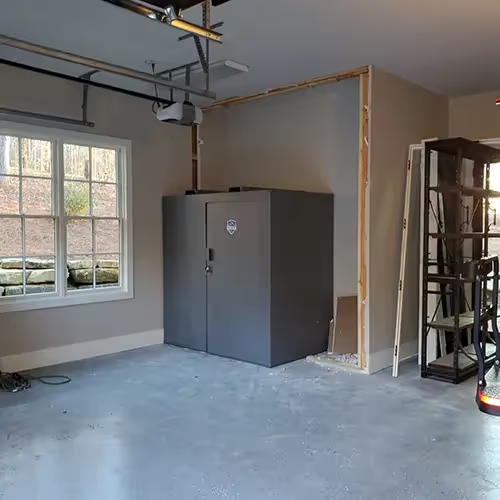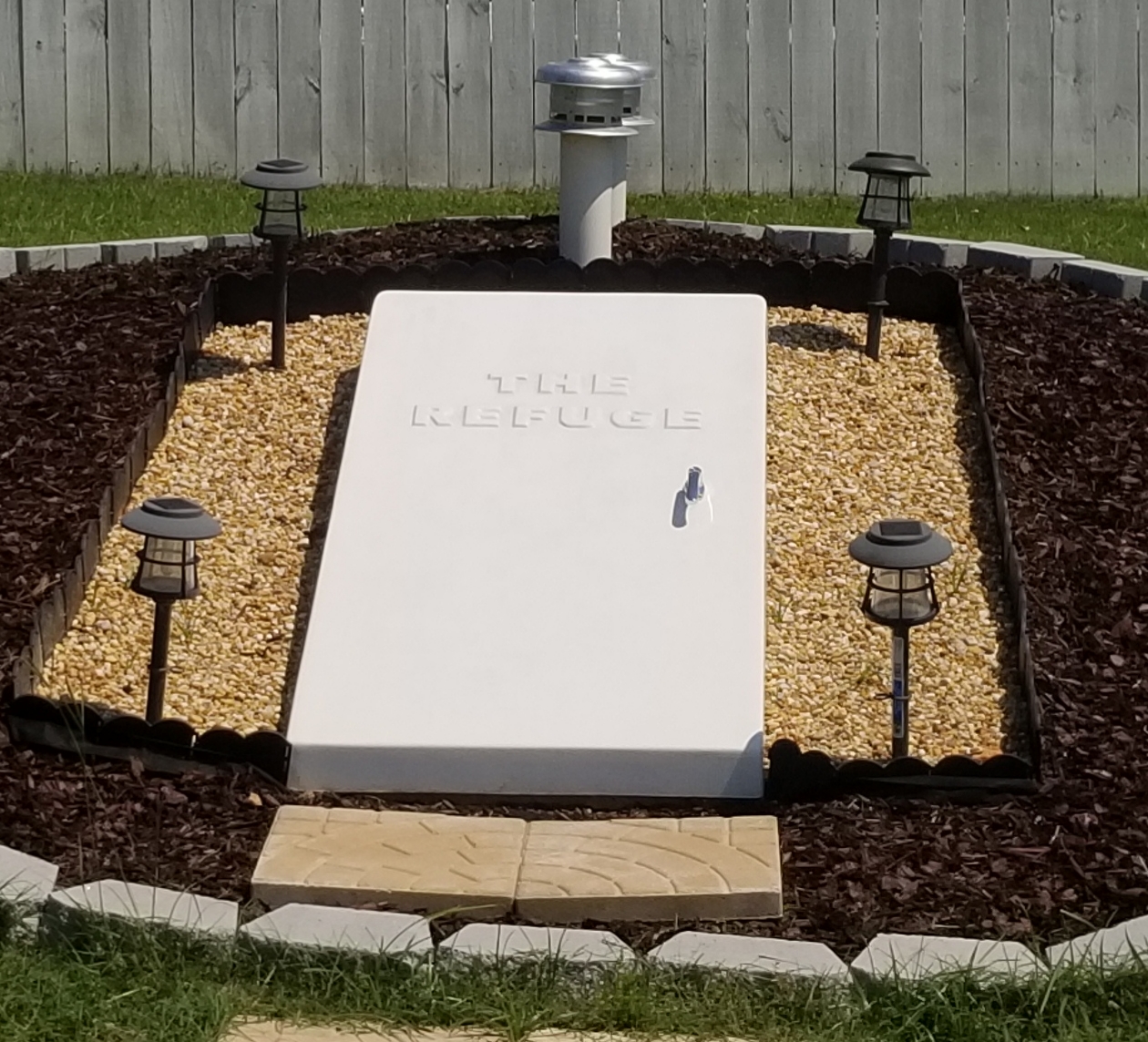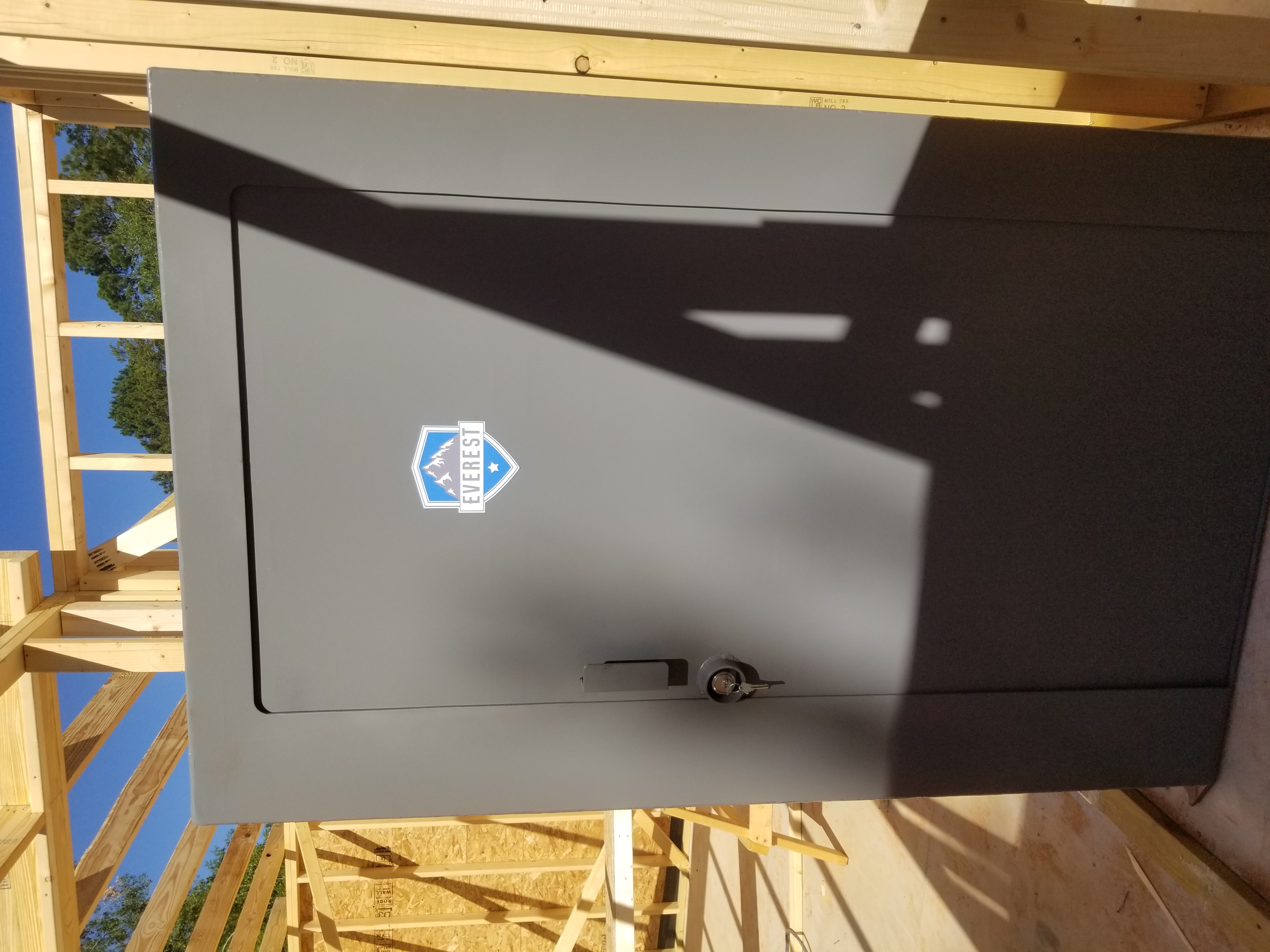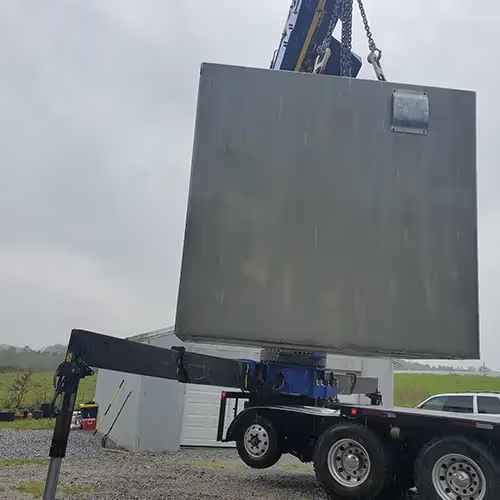How to Choose the Safest Spot Inside Your Storm Shelter During an Emergency


Have you ever wondered if you’re truly safe in your storm shelter when a tornado or severe storm hits? It’s a question many homeowners overlook until it’s too late. Knowing the best place in storm shelter during tornado events can make all the difference between feeling secure and facing unnecessary risk.
In this post, we’ll guide you through how to survive in storm shelter conditions and where to hide in storm shelter situations. You’ll learn practical emergency shelter safety tips and insights from a trusted tornado shelter safety guide, helping you make informed decisions before an emergency strikes.
Even in a well-built shelter, some areas are safer than others. Understanding where to sit in storm shelter spaces and identifying the safest area in underground shelter setups can minimize exposure to debris or structural impact. If you’re still exploring which type of shelter suits your property best, you may also find it helpful to compare above-ground vs. underground tornado shelters.
By the end of this guide, you’ll have a clear emergency preparedness shelter plan and a detailed storm shelter protection plan to ensure family safety in storm shelter conditions. Whether you’re new to emergency preparedness or upgrading your current system, these insights will help you improve your storm shelter interior layout and readiness. Taking the time to plan ahead gives you the peace of mind that, when severe weather hits, you’ll know exactly what to do and where to be to stay safe.
Understanding Storm Shelter Safety: The Basics You Need to Know
Storm shelters have come a long way from simple basements to advanced tornado safe room setup designs that integrate modern engineering and durability. Before choosing storm shelter location inside, it’s vital to understand safe zone in tornado shelter concepts and practice inside shelter safety practices that reduce risk.
If you’re evaluating your options, learning about concrete above-ground tornado shelters can help you understand how structure type affects long-term safety and strength.
Terms like structural integrity and impact zone are essential to determining the safe interior structure for tornado protection. Equally important is recognizing what to avoid in storm shelter areas—such as heavy storage or corners near entryways that could become debris zones.
Modern shelters often include safety equipment inside shelter, a practical storm shelter interior layout, and ventilation systems to ensure comfort. Following emergency shelter best practices keeps your shelter efficient and dependable during a crisis.
Beyond the structure itself, it’s critical to maintain a storm shelter readiness checklist and conduct regular safety inspections. A well-maintained shelter can be the deciding factor between full protection and potential harm.
By understanding these foundational principles, you’ll be better equipped to plan an emergency preparedness shelter plan and create a system that prioritizes strength, function, and accessibility.
Finding Your Safe Zone: How to Position Yourself Inside a Storm Shelter
When it comes to storm shelter positioning advice, knowing where to stand, sit, or crouch is crucial. Not all corners or walls offer the same protection, and following tornado survival positioning principles ensures you’re in the safest corner in storm shelter conditions when high winds and debris strike.
Key considerations:
- Central Positioning: Stay near the center of your shelter to reduce debris impact from walls.
- Distance from Doors/Windows: Even reinforced entry points can fail—stay clear of them.
- Low Placement: Sitting low, such as on the floor, minimizes risk from flying objects.
- Obstacle Awareness: Keep away from tools, boxes, or furniture that could move or fall.
For an extra layer of preparation, review what above-ground tornado shelter requirements involve to ensure your shelter meets or exceeds safety standards.
These rules align with severe weather shelter positioning and emergency safe zones indoors, creating a solid strategy for personal protection.
By regularly rehearsing your storm shelter readiness checklist, you’ll not only improve reaction time but also strengthen confidence. Remember—knowing your safe zone in tornado shelter ahead of time can save lives.
The Benefits of Choosing the Safest Spot in Your Storm Shelter
Identifying the basement storm protection spot and choosing secure area in storm shelter spaces offers far more than comfort—it’s a matter of survival. The right positioning helps you withstand impact, stay calm, and respond effectively.
Key benefits include:
- Enhanced Protection from Debris: Positioning yourself in the optimal spot reduces your exposure to dangerous projectiles.
- Faster Response During Emergencies: Knowing your safe zone saves precious seconds when a tornado warning hits.
- Improved Comfort and Stability: A well-chosen safe zone in tornado shelter gives enough space to brace yourself securely.
- Peace of Mind for Family Members: Clear plans support family safety in storm shelter situations, reducing confusion and fear.
It’s also wise to stock up on the right above-ground tornado shelter supplies to ensure you have all the essentials within easy reach when severe weather strikes.
Using a tornado emergency shelter checklist and keeping your storm shelter interior organization updated helps you remain ready for the unexpected. Ultimately, thoughtful planning ensures your shelter provides both physical protection and emotional stability when the weather turns dangerous.
Navigating the Challenges of Storm Shelter Safety
Even with the best planning, maintaining total safety during severe weather can be challenging. Space limitations, storage items, and panic can all affect your storm shelter positioning advice strategy.
Common challenges include:
- Limited space, restricting central positioning or movement.
- Obstructions such as tools, furniture, or supplies that may shift during a storm.
- Extreme debris impact that can reach beyond typical safe zone in tornado shelter areas.
- Panic, confusion, or delayed response from family members.
Solutions:
- Keep pathways and your safe zone in tornado shelter clear.
- Mark your tornado emergency placement inside for quick recognition.
- Conduct drills that follow your storm shelter protection plan.
- Regularly inspect your structure and adjust your storm shelter interior layout.
If you’re still budgeting or considering upgrades, our guide on storm cellar costs, budgeting, and safety can help you make informed financial decisions while prioritizing protection.
Acknowledging these obstacles helps create an adaptive emergency preparedness shelter plan. Even though no shelter is entirely risk-free, consistent practice, organization, and communication will significantly reduce danger and ensure your storm shelter protection plan performs effectively under stress.
Putting Safety into Practice: How to Make Your Storm Shelter Work for You
Turning preparation into action ensures your shelter operates as intended. Follow these emergency survival shelter tips to create a practical and reliable environment for your family.
- Assess Your Shelter: Walk through and remove loose or hazardous objects.
- Choose Your Safe Zone: Mark the safest direction during tornado conditions.
- Organize Essentials: Store essential items for storm shelter like flashlights, helmets, and water nearby.
- Practice Drills: Run short rehearsals with family to build familiarity.
- Review and Adjust: Update your storm shelter readiness checklist after each practice.
A best layout for storm shelter focuses on accessibility and efficiency. Maintaining clear space supports shelter-in-place safety tips, allowing everyone to move quickly and safely.
Implementing these steps transforms your shelter from a simple structure into a secure system of protection. Consistent preparation enhances your emergency shelter best practices and ensures you’re always ready when severe weather arrives.
The Future of Storm Shelter Safety: Emerging Trends and Innovations
The future of storm protection continues to evolve, blending technology, materials, and modern design. Homeowners are prioritizing both comfort and resilience in their tornado safe room setup, ensuring every emergency preparedness shelter plan meets current safety standards.
Emerging trends include:
- Smart Systems: Sensors for real-time weather and debris updates.
- Advanced Materials: Lightweight composites for the safe interior structure for tornado resistance.
- Modular Designs: Flexible layouts that adjust to family needs.
- Dual-Use Functionality: Spaces that combine storage with protection.
To understand what makes a modern design truly reliable, explore this detailed article on concrete above-ground tornado shelters — an innovation reshaping safety standards nationwide.
These developments make shelters stronger and more adaptable, improving family safety in storm shelter settings and reducing costs. Engineers continue to enhance choosing proper storm shelter size guidelines to maximize comfort and safety.
Staying Safe and Prepared: Your Key Takeaways
We’ve explored the most effective strategies for identifying the best place in storm shelter during tornado events, following safety procedures during tornado warning, and maintaining a consistent storm shelter readiness checklist.
Key reminders:
- Clearly identify and mark your safe zone in tornado shelter.
- Keep your space uncluttered, functional, and well-equipped.
- Stay informed with current emergency shelter best practices and trends.
A strong storm shelter protection plan provides not only safety but also emotional reassurance. Review your storm shelter interior organization regularly to confirm every basement storm protection spot and safest corner in storm shelter remains ready for emergencies.
Taking small, deliberate steps now gives you confidence when severe weather strikes, ensuring you and your loved ones are always one step ahead of danger.
Staying Prepared Beyond the Shelter
Storm safety doesn’t stop at the door—it’s an ongoing process of readiness and awareness. Practicing shelter-in-place safety tips, refining your emergency preparedness shelter plan, and staying informed help you protect yourself in storm shelter conditions effectively.
Preparation is a mindset. Continue improving your setup, reviewing your storm shelter protection plan, and teaching your family the steps for quick response. Each small improvement builds resilience and calm under pressure.
By developing strong habits and staying proactive, you turn your shelter into a place of confidence and safety rather than fear. Stay alert, stay informed, and always be ready to act—the effort you invest today ensures lasting protection when the next storm hits.




